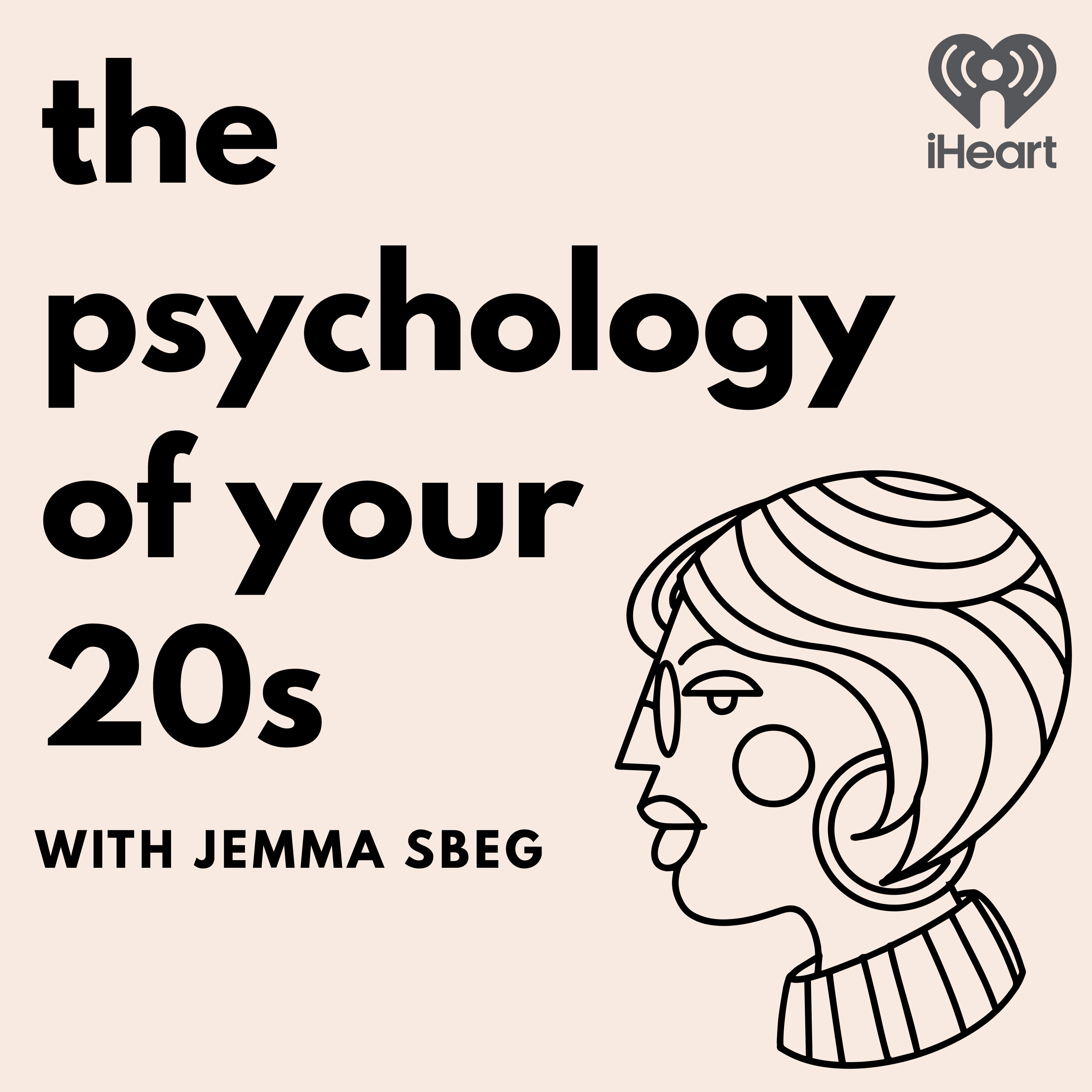
242. The psychology of maladaptive daydreaming

The Psychology of your 20s
Deep Dive
What makes daydreaming 'maladaptive'?
It disrupts daily life, feels preferable to real life, and is often vivid and compelling, pulling people away from everyday activities.
Why do people engage in maladaptive daydreaming?
It serves as a coping mechanism for stress, loneliness, trauma, anxiety, and OCD, providing a private escape from real-life discomforts.
How does maladaptive daydreaming differ from healthy daydreaming?
Healthy daydreaming is brief and controllable, while maladaptive daydreaming is excessive, disruptive, and often feels preferable to real life.
What are the signs of maladaptive daydreaming?
Spending significant time daydreaming, feeling annoyed when interrupted, and daydreaming interfering with academic or occupational success.
Is maladaptive daydreaming considered a mental health disorder?
No, it's seen as a coping strategy rather than a disorder, though there's a push to recognize it as a mental health condition.
What is the relationship between maladaptive daydreaming and creativity?
Many maladaptive daydreamers were creative children with imaginary friends, suggesting a link between early creativity and later maladaptive daydreaming.
How can maladaptive daydreaming be turned into a positive tool?
By shifting it into intentional visualization, focusing on realistic goals and using it as a motivational tool for achieving those goals.
What is the link between maladaptive daydreaming and OCD?
Maladaptive daydreaming can be a compulsion for those with OCD, providing temporary relief from intrusive, unwanted thoughts.
Why is maladaptive daydreaming often undetected?
It's a private experience with no obvious external symptoms, making it difficult for others to recognize.
How can one start to control maladaptive daydreaming?
By identifying triggers and patterns, and replacing excessive daydreaming with purposeful visualization and actionable steps.
- Maladaptive daydreaming involves spending a significant portion of time daydreaming about past, future, or fictional scenarios.
- It differs from healthy daydreaming by being more frequent, uncontrollable, and disruptive to daily activities.
- The condition can lead to emotional distress and a preference for the imagined world over real life.
Shownotes Transcript
Daydreaming can be a perfectly normal part of life - zoning out in the shower, before we fall asleep, on the train to work. But some of us cross over into dangerous territory or what we call maladaptive daydreaming where we can't pull ourselves away from the fantasy. We feel disconnected and it makes our real life feel so much less bright and enjoyable. It can cause us a lot of distress and distraction. Why is that? And why can't we stop ourselves? In today's episode, we break down:
- What makes daydreaming 'maladaptive' or 'excessive'
- What are the signs + the 16 item scale for maladaptive daydreaming
- The impact on our emotional health
- Maladaptive daydreaming and creativity
- Maladaptive daydreaming, trauma, anxiety and OCD
- Is daydreaming a form of escapism?
- How to turn daydreaming into intentional visualisation
Thank you to our listeners who contributed their perspective. Happy listening!
The 16 item scale here: https://traumadissociation.com/mds)
The Reddit help group: https://www.reddit.com/r/MaladaptiveDreaming/)
Follow Jemma on Instagram: @jemmasbeg)
Follow the podcast on Instagram: @thatpsychologypodcast)
For business: [email protected])
See omnystudio.com/listener) for privacy information.